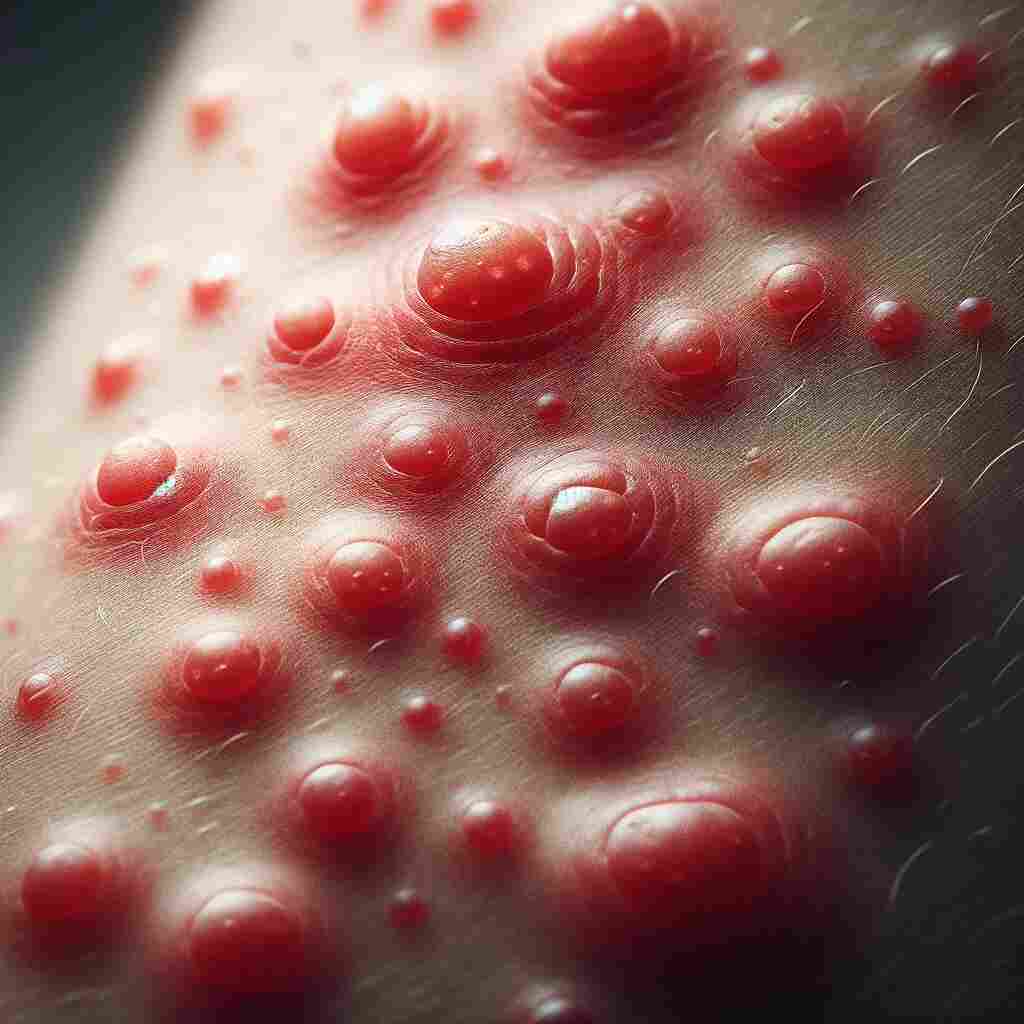Stress Bumps On Body
Stress can manifest in various physical forms, one of which includes the appearance of stress bumps on the body. These bumps, often small, itchy, and red, can emerge during periods of high stress or anxiety, serving as a visible indicator of our body’s response to psychological strain. This article delves into the causes, symptoms, and effective management strategies for stress bumps, aiming to provide a comprehensive understanding of this condition.

Causes of Stress Bumps
Stress bumps, medically known as urticaria or hives, can arise when the body releases histamine in response to stress. This release causes the capillaries in the skin to leak fluid, leading to swelling and the formation of red or skin-colored welts. The triggers include:
- Emotional Stress: High levels of anxiety, stress, or emotional turmoil can trigger an immune response, leading to the appearance of hives.
- Physical Stress: Exhaustion or physical overexertion can also precipitate stress bumps.
- Underlying Conditions: Sometimes, stress bumps may indicate an underlying health issue, where stress acts as a catalyst rather than a direct cause.
Symptoms
The primary symptom of stress bumps is the appearance of red, raised, itchy welts on the skin. These bumps can vary in size and may appear anywhere on the body. Other symptoms include:
- Swelling: Parts of the body, especially around the eyes and lips, may swell.
- Itching or Burning: The bumps are often accompanied by a sensation of itching or burning.
- Temporary Nature: Stress bumps typically fade within 24 hours, though new ones may appear in other areas.
Management Strategies
While stress bumps usually resolve on their own, managing them involves addressing both the symptoms and the underlying stress. Here are effective strategies:
Medical Treatment
- Antihistamines: Over-the-counter or prescription antihistamines can help alleviate itching and swelling.
- Corticosteroids: For severe cases, doctors may prescribe corticosteroids to reduce inflammation.
Stress Management
- Relaxation Techniques: Practices such as meditation, deep breathing exercises, and yoga can help manage stress levels.
- Regular Exercise: Physical activity is effective in reducing stress and improving overall health.
- Adequate Sleep: Ensuring sufficient sleep helps in stress management and skin health.
Lifestyle Adjustments
- Healthy Diet: A balanced diet can support the body’s response to stress.
- Avoiding Triggers: Identifying and avoiding personal stress triggers can prevent the onset of stress bumps.
- Skin Care: Gentle skin care can soothe irritated skin. Avoid harsh soaps or lotions on affected areas.
Stress bumps on the body are a tangible manifestation of the impact stress and anxiety can have on our physical well-being. Understanding their causes and symptoms allows for more effective management through medical intervention, stress reduction techniques, and lifestyle adjustments. If stress bumps frequently occur or are accompanied by other symptoms, it’s crucial to consult a healthcare provider to rule out underlying conditions. By addressing both the physical and emotional aspects of stress, individuals can not only manage stress bumps but also enhance their overall quality of life.
